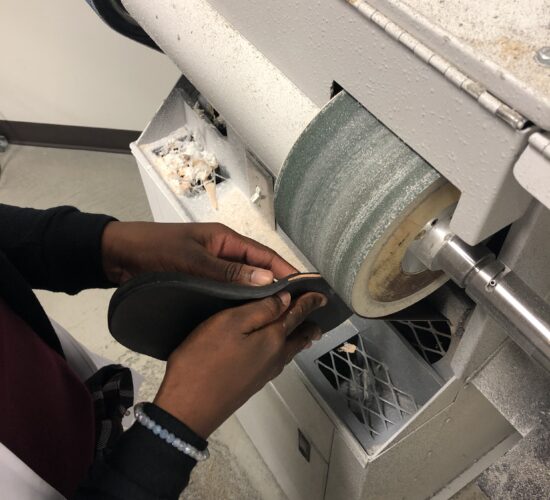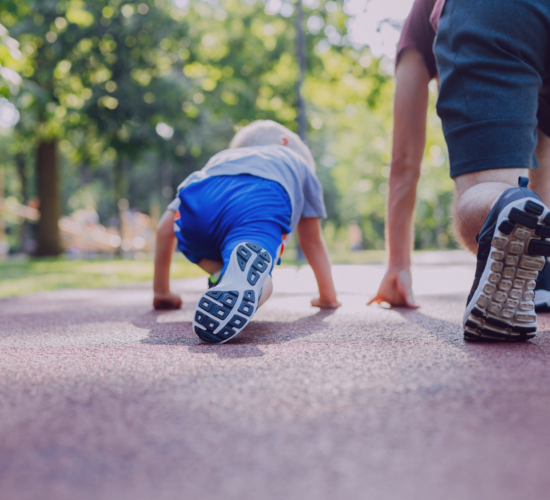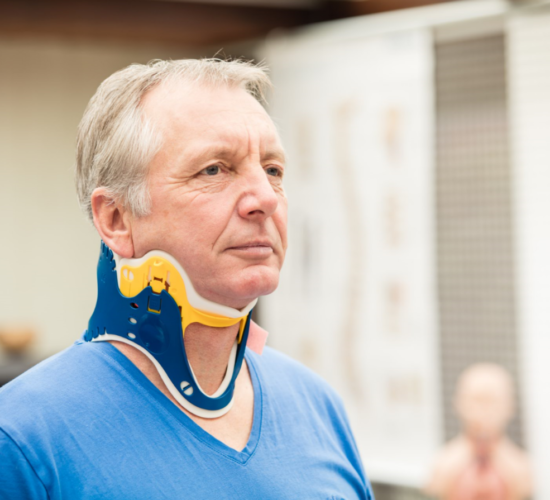Posture plays a huge role in health. And when it comes to health, prevention is key! That’s where a biomechanical assessment comes in: the younger you are when you get this exam, the more you can benefit, and the better you can protect yourself from complications caused by an imbalance—because that imbalance would be detected at an early stage, by professionals.
In this article, we’ll see how and why a biomechanical posture assessment can be a wise investment for the musculoskeletal health of your child.
What a biomechanical assessment can do
In medical clinics, it’s not uncommon to see people suffering symptoms and joint damage that are actually complications brought on by posture imbalances. Teens or young adults may have pain in their knees, hips, or other joints due to an undiagnosed flat foot, for example.
Sometimes the pain that comes from inconspicuous posture defects is severe enough to have a negative impact on someone’s life—even a child’s. As a result, a biomechanical assessment is a good idea for all children, particularly for those with a family history of posture disorders (scoliosis, knock-knee, etc.).
Here are some disorders that your child may effectively avoid n the future, simply by having a biomechanical assessment when they’re young:
- Postural scoliosis
- Chronic joint pain
- Certain forms of arthritis
- Joint deformities (in the knees, feet, and spine)
- Impaired balance






